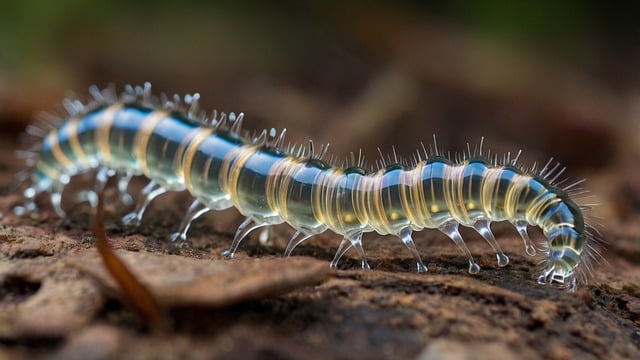Centipede Control: Effective and Safe Methods for Your Home and Business
Centipedes may seem like harmless creatures, but their presence in homes and businesses can be unsettling. This comprehensive guide explores child- and pet-safe methods to manage these insects effectively. We delve into the world of centipede behavior, providing insights on species common in your region and why they are drawn to specific habitats. By understanding their preferences, you can identify potential entry points and implement preventive measures.
This article covers a range of centipede control options, from traditional extermination services to eco-friendly solutions, ensuring a safe approach for families and pets. Learn about the latest techniques, including natural repellents, baits, and non-toxic insecticides, to achieve a centipede-free environment.
# Centipede Control: Effective and Safe Methods for Your Home and Business
1. Understanding Centipedes: Behavior and Habitat
Centipedes are a common yet often misunderstood pest, known for their long, slender bodies and numerous legs. These arthropods prefer dark, damp environments, making them prevalent in basements, crawl spaces, and other areas of homes and commercial properties with limited ventilation. Understanding their behavior is key to effective centipede control. Centipedes are solitary creatures, typically seeking shelter during the day and becoming active at night to hunt for food. They feed on a variety of small insects and arachnids, making them beneficial in controlling other pest populations but also posing a problem when their numbers grow too large.
When it comes to centipede treatment services, professional extermination is often necessary due to their elusive nature and the challenges of DIY removal. Commercial centipede control solutions range from chemical treatments that target the species’ unique neuropaths to eco-friendly centipede solutions leveraging natural predators and repellents. For residential centipede treatment, specialized services can eliminate infestations while ensuring the safety of children and pets by avoiding toxic chemicals. Similarly, businesses and industrial sites may require commercial centipede control to maintain a pest-free environment, utilizing methods suitable for high-traffic areas without endangering employees or customers.
– A comprehensive overview of centipede species relevant to your region, focusing on their characteristics, habitats, and behaviors.
Centipedes are a diverse group of pests, with over 3,000 species worldwide, and their presence can vary greatly depending on your region. In many residential and commercial areas, several centipede types pose common problems. The most encountered include the house centipede (Nauphoeta cineraria), tropical black centipede (Scolopendra gigantea), and the Asian forest centipede (Ophidion sp.). Each species has unique characteristics: for instance, the house centipede is easily recognizable by its long antennae and numerous pairs of legs, while the tropical black centipede is one of the largest centipedes, known for its aggressive nature and painful bites.
These creatures thrive in humid environments, often hiding in dark, secluded areas like cracks, under furniture, or within walls. They are attracted to moisture and organic matter, making them prevalent in kitchens, bathrooms, and other spaces with high humidity levels. Professional centipede extermination services offer effective solutions for both residential and commercial centipede infestations, utilizing eco-friendly treatments when possible. Centipede treatment services employ specialized techniques such as targeted applications of insecticides, exclusion methods, and habitat modifications to ensure the safe removal of these pests from living or working spaces.
